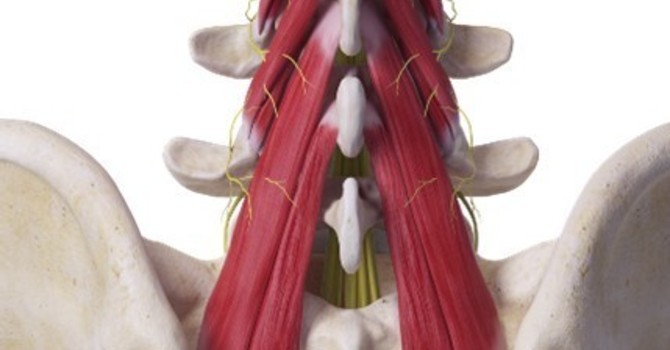BACKGROUND:
Osteoarthritis (OA), also known as “wear and tear” arthritis, is a common condition that results from the breakdown of cartilage between our joint surfaces. This cartilage serves as a protective barrier for our bones and helps the joint surfaces glide smoothly over one another. When this cartilage wears down, the joints can become stiff, swollen, and painful. Osteoarthritis can affect any joint but most commonly affects the hands, knees, hips, and spine. There are many factors that can potentially increase your chance of developing arthritis, including past injuries, certain diseases, and even your genetics. But it is important to note that osteoarthritis is a normal part of aging and pain is not always associated with it. An appropriate way to think about OA is like wrinkles but on the inside of your body. People with OA can and do live normal, active lives. However, some people may experience pain that can significantly affect and limit their quality of life and prevent them from the activities they love. Fortunately, there are many ways to help manage symptoms associated with OA. As well as ways to improve and maintain joint mobility into your later years.
FACTS:
One out of five Canadians lives every day with arthritis and unfortunately, there is no cure. However, we are able to slow down the progression of OA. Your general health and fitness impacts how your body deals with pain and stress. The healthier habits you have, the happier your joints will be. Our joints were designed to move and movement is what makes them stay healthy the longest. But joints also need support from the muscles so maintaining muscle strength is an important part of joint health too. According to the Arthritis Society of Canada, there are a number of pharmacological and non-pharmacological interventions that can help someone with OA. These include land or water-based exercise and strength training. Lifestyle changes including diet modifications and reducing excess body weight. Topical NSAIDS (Voltaren, Diclofenac Gel, etc.) are recommended for multiple types of osteoarthritis and are found to be safer and better tolerated compared to ingestible NSAIDS (Aspirin, Naproxen, Advil, etc).
WHAT YOU CAN DO:
Educate yourself about OA and what self-care strategies you can adopt. Take action, but be positive and patient - change doesn’t happen overnight and each case is unique. Movement and exercise are proven to be the most effective treatments for managing joint pain and promoting joint health. Work with a Chiropractor or Physiotherapist to help you manage symptoms and create a personal fitness plan for you. Work with an MD, Nutritionist, or Naturopath to ensure your diet is healthy and you are maintaining a healthy weight.
TIPS ON EXERCISING:
- When getting started, try low-impact exercises first such as cycling, rowing, walking, or water-based aerobics. Decide which exercises your body responds to the best.
- Perform rhythmic range of motion movements in a relatively comfortable position to promote blood flow and maintain joint mobility.
- Get advice from a qualified health care professional to develop a strength training program that fits your needs. And remember, strengthening takes time. Be patient.



